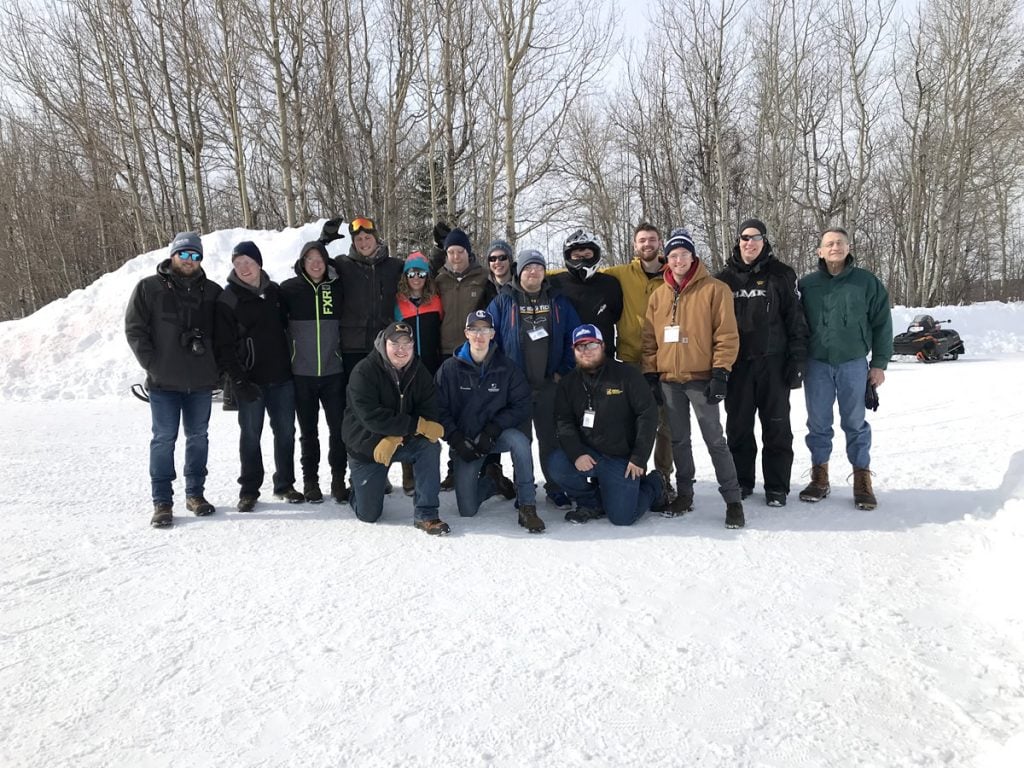Nancy Barr (ME-EM) presented an overview of the the ME-EM Department’s undergraduate portfolio program as part of a panel at the Council on College Composition and Communication (CCCC) annual convention.
The panel, titled “The Performance of Portfolios Across the Curriculum,” highlighted the use of portfolios in undergraduate program assessment and student development at a range of universities.
The 2019 Conference on College Composition and Communication was held March 13-16 in Pittsburgh, PA.











